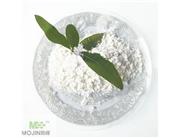| Biological Activity | anacetrapib, also known as mk-0859, is a potent and selective inhibitor of cholesteryl ester transfer protein (cetp) that exhibits strong inhibition against cetp-mediated transfer of cholesteryl esters and triglycerides with values of inhibition constant ic50 of 16 nm and 29 nm respectively. anacetrapib is mainly metabolized by cyp3a4 through o-demethylation, hydroxylation on the biphenyl moiety and hydroxylation on the isopropyl side chain resulting in three oxidative metabolites m1, m2 and m3 respectively. anacetrapib is being investigated for the treatment of primary hypercholesterolemia and mixed hyperlipidemia due to its impressive effects to lower low-density lipoprotein (ldl) cholesterol levels and increase high-density lipoprotein (hdl) cholesterol levels without any associated major adverse events.tan ey, hartmann g, chen q, pereira a, bradley s, doss g, zhang as, ho jz, braun mp, dean dc, tang w, kumar s. pharmacokinetics, metabolism, and excretion of anacetrapib, a novel inhibitor of the cholesteryl ester transfer protein, in rats and rhesus monkeys. drug metab dispos. 2010;38(3):459-473.kumar s, tan ey, hartmann g, biddle z, bergman aj, dru j, ho jz, jones an, staskiewicz sj, braun mp, karanam b, dean dc, gendrano in, graves mw, wagner ja, krishna r. metabolism and excretion of anacetrapib, a novel inhibitor of the cholesteryl ester transfer protein, in humans. drug metab dispos. 2010;38(3):474-483 |
| Enzyme inhibitor | This cholesteryl ester transfer protein (or CETP) inhibitor (FW = 637.51 g/mol; CAS 875446-37-0), also known by the code name MK-0859, reduces plasma cholesterol concentrations, thereby increasing serum highdensity lipoprotein levels and preventing cardiovascular disease associated with hypercholesteremia. X-ray crystal studies suggest that CETP is a crescent-shaped protein with a 6-nm hydrophobic tunnel traversing its core Both of the tunnel’s two entrances face the protein’s concave surface, which most likely is the interaction platform for binding HDL particles and engaging its lipoprotein constituents. CETP mediates the reciprocal transfer of neutral lipids (e.g., cholesteryl esters and triglycerides) and phospholipids between different lipoprotein fractions in blood plasma. Anacetrapib is unlike many CETP inhibitors, which increase systolic blood pressure. Anacetrapib also exhibits a low-to-moderate degree of absorption after oral dosing and majority of the absorbed dose is eliminated via oxidation to a series of hydroxylated metabolites that undergo conjugation with glucuronate before excretion into bile. Unlike torcetrapib, another CETP inhibitor, anacetrapib does not elevate blood pressure, alter electrolytes, or cause any significant side effects. |

 Japan
Japan
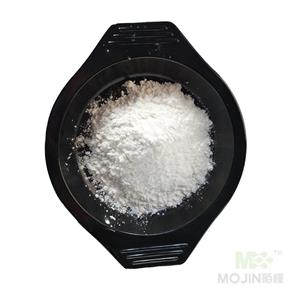
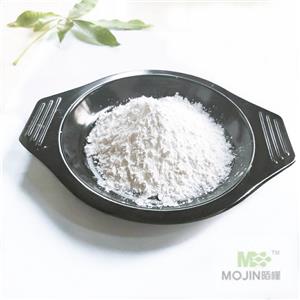
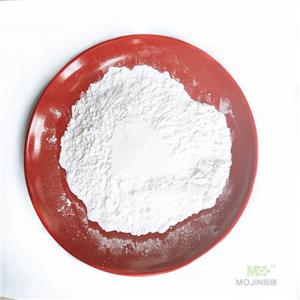
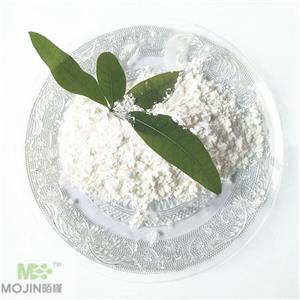

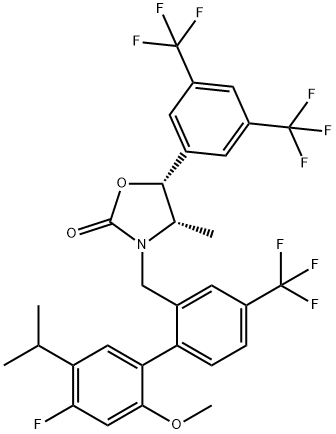

 Company information
Company information Advantage
Advantage
